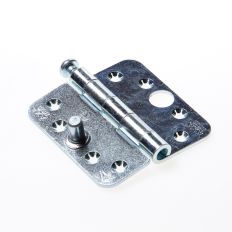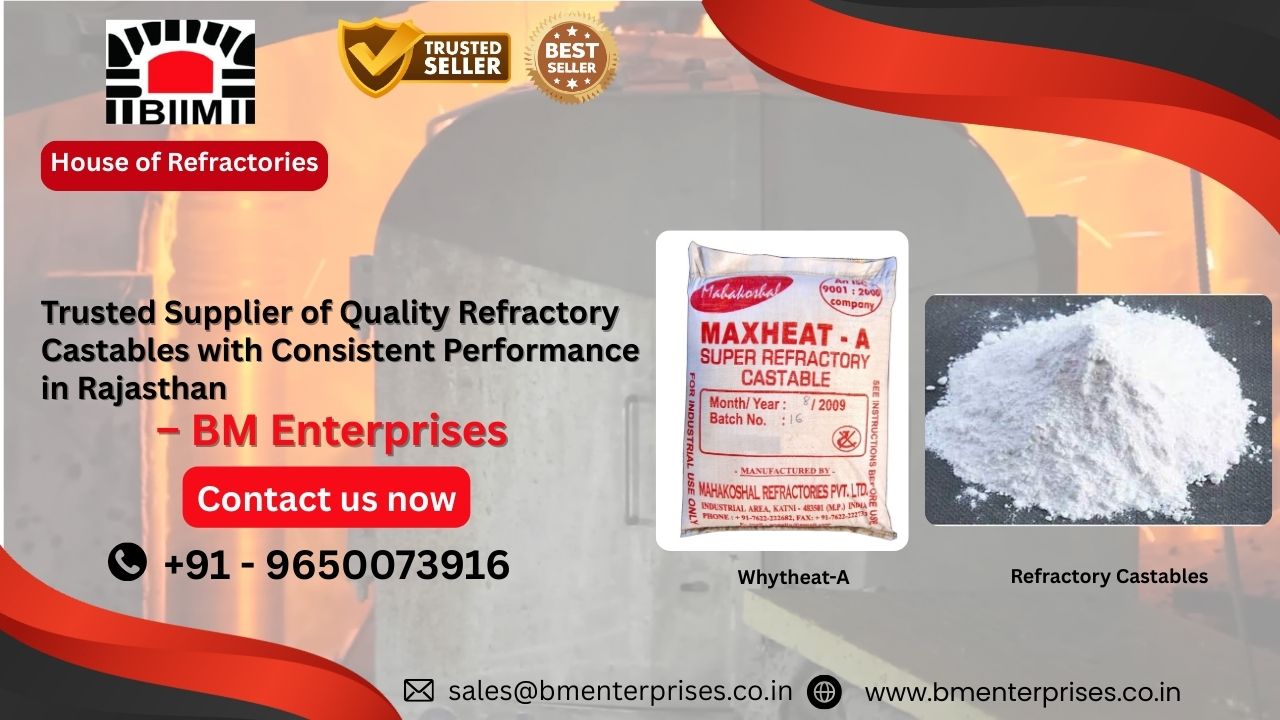
Exterior doors face constant punishment from weather, temperature swings, and heavy use. Choosing the right hinges isn’t just about aesthetics—it’s about durability, security, and long-term value. This guide walks you through everything you need to know.
Why Exterior Door Hinges Matter
Your door hinges carry the full weight of your entrance door. Substandard hinges lead to sagging doors, misalignment, squeaking, and security vulnerabilities. Heavy-duty exterior hinges prevent these problems while adding years to your door’s life.
Quality hinges also enhance curb appeal. Modern stainless steel finishes create a premium first impression while resisting rust and corrosion that plague standard hinges.
Weight Capacity: The Critical Factor
Before buying, determine your door’s weight. Most residential exterior doors weigh between 80-180 pounds, but reinforced doors can exceed 200 pounds.
Calculation tip: A standard 3×7 foot wooden door weighs roughly 100 pounds, while solid core and metal doors are significantly heavier.
Each hinge carries equal load. A three-hinge setup distributes approximately 50-60 pounds per hinge for a standard door. For heavier doors, you might need four hinges or heavy-duty rated hinges rated for 200+ pounds each.
Always choose hinges rated 25-30% above your calculated weight. This safety margin accounts for dynamic stress, seasonal settling, and age-related wear.
Material Selection: RVS vs Steel vs Brass
Stainless Steel (RVS) is the premium choice for exterior doors. It resists rust, corrosion, and salt spray—making it ideal for coastal properties or harsh climates. RVS hinges maintain their finish for decades with minimal maintenance. While more expensive, the longevity justifies the investment.
Steel Hinges offer solid performance at mid-range prices. They’re strong and reliable but require protective finishes (powder coating, plating) to resist rust. Once the coating deteriorates, rust develops quickly. Steel works well in dry climates or sheltered entryways.
Brass Hinges provide a beautiful, classic aesthetic that develops an attractive patina over time. They’re corrosion-resistant but softer than steel, making them better for lighter doors. Brass suits traditional or transitional home designs.
Pro tip: Coastal properties, humid climates, and freeze-thaw regions demand stainless steel. Dry climates tolerate steel with proper finishing.
Hinge Types for Exterior Doors
Butt Hinges (standard residential) are the most common. They’re mortised into the door frame and disguised when the door closes. Available in various sizes (3.5″ to 5″), they suit most residential applications.
Heavy-Duty Ball-Bearing Hinges feature internal ball bearings that reduce friction and handle up to 400 pounds per hinge. They operate smoothly even on heavy solid-core doors and commercial applications.
Security Hinges include special features like non-removable pins or security arms that prevent the door from being lifted off its frame—essential if hinges are exposed on outward-opening doors.
Spring Hinges (self-closing) close doors automatically and are ideal for doors that need constant closure for security or energy efficiency. They’re more complex than butt hinges but eliminate the need for separate door closers.
Installation Considerations
Door Mortising: Most exterior hinges require mortising—creating recesses in the door and frame. This precision work demands experience. Professional installation ensures proper alignment and weight distribution.
Hinge Spacing: Standard practice places the top hinge 10 inches from the door top, the bottom hinge 10 inches from the bottom, and middle hinges evenly spaced. Proper spacing prevents warping and sagging.
Mounting Hardware: Always use stainless steel screws for exterior hinges. Standard steel screws rust and fail prematurely, compromising hinge security.
Maintenance Extends Hinge Life
Lubrication: Apply silicone-based lubricant to hinges twice yearly, especially before winter. This prevents squeaking and protects against moisture intrusion.
Inspection: Check hinges annually for rust, loose screws, or misalignment. Tighten any loose fasteners immediately.
Cleaning: Wash RVS hinges with mild soap and water. For steel hinges showing rust, use a soft wire brush and protective finish.
Weatherproofing: Ensure proper caulking around door frames to prevent water from reaching hinges.
Choosing the Right Heavy-Duty Hinge
Your final decision balances four factors:
- Weight capacity — 25-30% above your door weight
- Climate conditions — RVS for harsh conditions, steel for moderate
- Door style — Mortised butt hinges for traditional, ball-bearing for heavy doors
- Budget — Premium materials cost more but last 2-3x longer
For most homeowners, stainless steel ball-bearing butt hinges represent the optimal balance. They handle weight reliably, resist corrosion indefinitely, and operate smoothly for decades.
What to Look For When Buying
- Certified weight ratings (look for 200+ pound capacity)
- Full stainless steel construction (not just plating)
- Non-removable pins for security
- Matching finishes to your door hardware
- Warranty coverage (quality hinges offer 5-10 year guarantees)
Getting Professional Help
Complex mortising or misalignment issues justify professional installation. A skilled door specialist ensures hinges sit perfectly flush and distribute weight evenly—preventing future problems.
Explore our complete collection of heavy-duty exterior door hinges with full weight ratings, material specifications, and professional installation recommendations. We stock premium stainless steel options for every door type and climate condition.
Conclusion
Quality exterior hinges are an invisible but essential investment. They carry your door’s weight daily, resist weather and UV exposure, and determine whether your entrance functions smoothly for decades or develops problems within years.
Prioritize weight capacity and material quality over price. Your door—and your peace of mind—will thank you.
Need personalized recommendations? Browse our exterior door hinges category or contact our specialists for climate-specific and weight-specific guidance.






